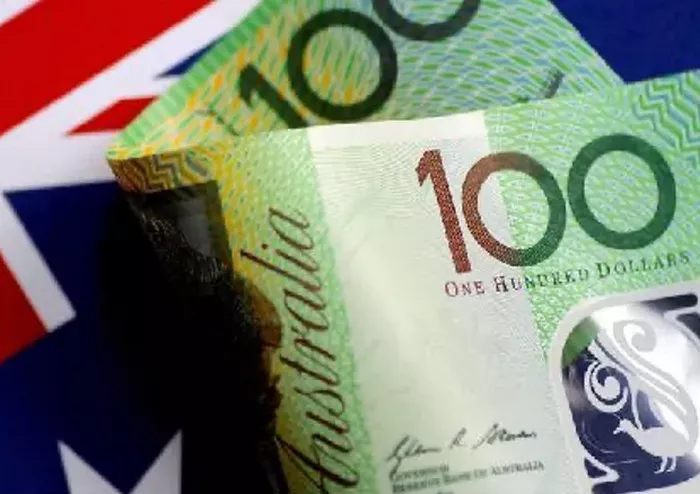In the world of international finance, understanding the nuances of different currencies is essential for businesses, travelers, and investors. The US dollar (USD) and the Australian dollar (AUD) are two prominent currencies with their own unique features and characteristics. In this article, we will explore the key differences between AUD and USD, shedding light on their history, design, exchange rates, and the broader economic implications of their distinctions.
1. Historical Background
The US Dollar (USD): The United States dollar, often referred to as the greenback, has a rich history dating back to the late 18th century. It became the official currency of the United States in 1792 and has since played a significant role in the global economy. The USD is issued and regulated by the United States Department of the Treasury.
The Australian Dollar (AUD): The Australian dollar has a more recent history, having been introduced in 1966. Prior to the introduction of the Australian dollar, Australia used the Australian pound, which was a distinct currency from the British pound. The introduction of the Australian dollar marked a shift towards decimalization and the adoption of a national currency. The Reserve Bank of Australia is responsible for issuing and regulating the Australian dollar.
2. Design and Denominations
The design and denominations of the US dollar and the Australian dollar are distinct, reflecting the cultural and historical characteristics of each country:
US Dollar (USD): The US dollar features iconic figures on its banknotes, including past presidents and notable historical figures. USD banknotes are denominated in $1, $5, $10, $20, $50, and $100. Each denomination has a unique design and color, making it easily distinguishable. The USD also has a range of coins, with the most commonly used being the penny (1 cent), nickel (5 cents), dime (10 cents), and quarter (25 cents).
Australian Dollar (AUD): Australian banknotes depict famous Australian personalities and iconic wildlife. Denominations of AUD banknotes include $5, $10, $20, $50, and $100. Each banknote showcases a different aspect of Australian culture and heritage. Coins in Australia include the 5 cent, 10 cent, 20 cent, 50 cent, $1, and $2 coins. The distinctive $2 coin features an Aboriginal elder and a young tribal dancer, highlighting the country’s indigenous heritage.
3. Exchange Rate
The exchange rate between the US dollar and the Australian dollar fluctuates based on various factors, including economic conditions, interest rates, and market sentiment. This exchange rate determines how much one currency is worth in terms of the other. Understanding the exchange rate is crucial for international trade, travel, and investment:
Exchange Rate Fluctuations: The exchange rate between the USD and AUD is subject to constant fluctuations. It can be influenced by changes in economic indicators, monetary policy decisions by central banks, and geopolitical events. Traders and investors closely monitor these fluctuations to make informed decisions.
Exchange Rate Conversions: When converting from USD to AUD or vice versa, the exchange rate is used to determine the equivalent amount in the other currency. For example, if the exchange rate is 1 USD to 1.35 AUD, then 100 USD would be equivalent to 135 AUD.
4. Economic Significance
Both the USD and AUD play crucial roles in their respective economies and the global financial system. Understanding their economic significance is essential for assessing their impact on international trade and finance:
US Dollar (USD): The US dollar is the world’s primary reserve currency and is used in a significant portion of global trade and finance. It is widely accepted and held by central banks around the world as a component of their foreign exchange reserves. The USD’s status as the world’s reserve currency contributes to its stability and influence in international markets.
Australian Dollar (AUD): The Australian dollar is the official currency of Australia and its territories. While it is not a global reserve currency like the USD, it is a freely traded currency in the foreign exchange market. The AUD is significant in the Asia-Pacific region and plays a key role in Australia’s export-driven economy, particularly in the commodities sector.
5. International Trade
Both currencies are actively involved in international trade, but they serve different roles based on the countries’ economic strengths and trade relationships:
US Dollar (USD): The USD is used as a primary currency in many international transactions. It is the preferred currency for commodities such as oil and gold, making it a global benchmark in these markets. Additionally, a significant portion of the world’s foreign exchange reserves are held in USD.
Australian Dollar (AUD): The AUD is essential for Australia’s international trade, particularly in the export of commodities such as iron ore, coal, and agricultural products. Australia’s trade partners, including China and Japan, often use the AUD in their trade relations with the country.
6. Conclusion
The US dollar (USD) and the Australian dollar (AUD) are two distinct currencies with their own histories, designs, exchange rates, and economic roles. While the USD maintains its status as the world’s primary reserve currency, the AUD plays a vital role in Australia’s trade relationships, particularly in the Asia-Pacific region. Understanding the differences between these currencies is essential for individuals, businesses, and investors engaged in international finance, as it allows for informed decision-making in a globalized world where currency values and exchange rates can have a significant impact on economic activities.


